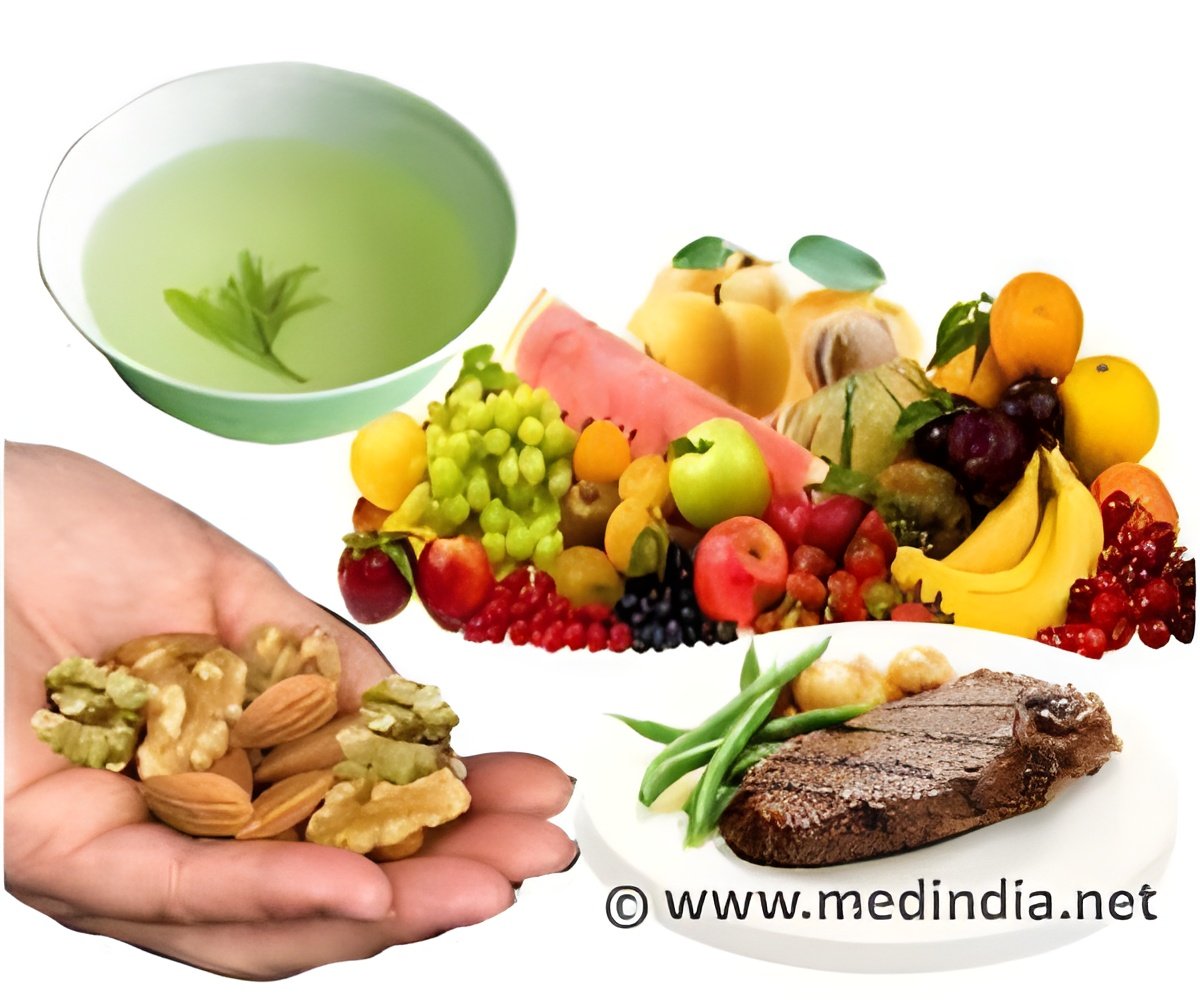An expert has said that families can be key players in a revolution needed to feed the world, and could save money by helping to cut food losses now occurring from field to fork to trash bin.

"We will need another 'Green Revolution' to feed the world by 2050," said John Floros, Ph.D., referring to the development of high-yield, disease-resistant breeds of grain and other agricultural innovations that took root in the 1960s.
"That will mean scientific innovations, such as new strains of the big three grains - rice, wheat and corn - adapted for a changing climate and other conditions. It also will require action to reduce a terrible waste of food that gets too little attention," he added.
Floros cited estimates that in many developing countries up to half of the food harvested from farmers' fields are lost before reaching consumers. He is dean of the College of Agriculture at Kansas State University.
That waste can occur due to spoilage from improper storage of grain during transportation or from pests. Rats and mice alone eat or spoil 20 percent of the world's food supply due to contamination with their urine and feces.
"A different kind of waste occurs in the United States and some other developed countries," Floros said.
Advertisement
Government studies show, for instance, that the average family in the United States throws away 20 pounds of food a month, more than 2,000 dollars worth every year for a family of four.
Advertisement
Uneaten food actually rivals paper, plastic and other refuse as the No. 1 material in some municipal landfills.
Supplying more food, however, is only part of the challenge, Floros emphasized. "Millions of people in some developing countries are becoming more affluent. In the past, people were satisfied with food that filled them up and sustained life.
Increasingly, they will demand food that is convenient to prepare, certified as safe and highly nutritious and tastes good."
He cited the People's Republic of China as an example. The middle class in China is now larger than the U.S. population and is increasing in size year by year. And people in China are now consuming almost 3 times as much meat compared to a few decades ago. Demand for convenience foods also is rising with the growth of the urban population.
Source-ANI














